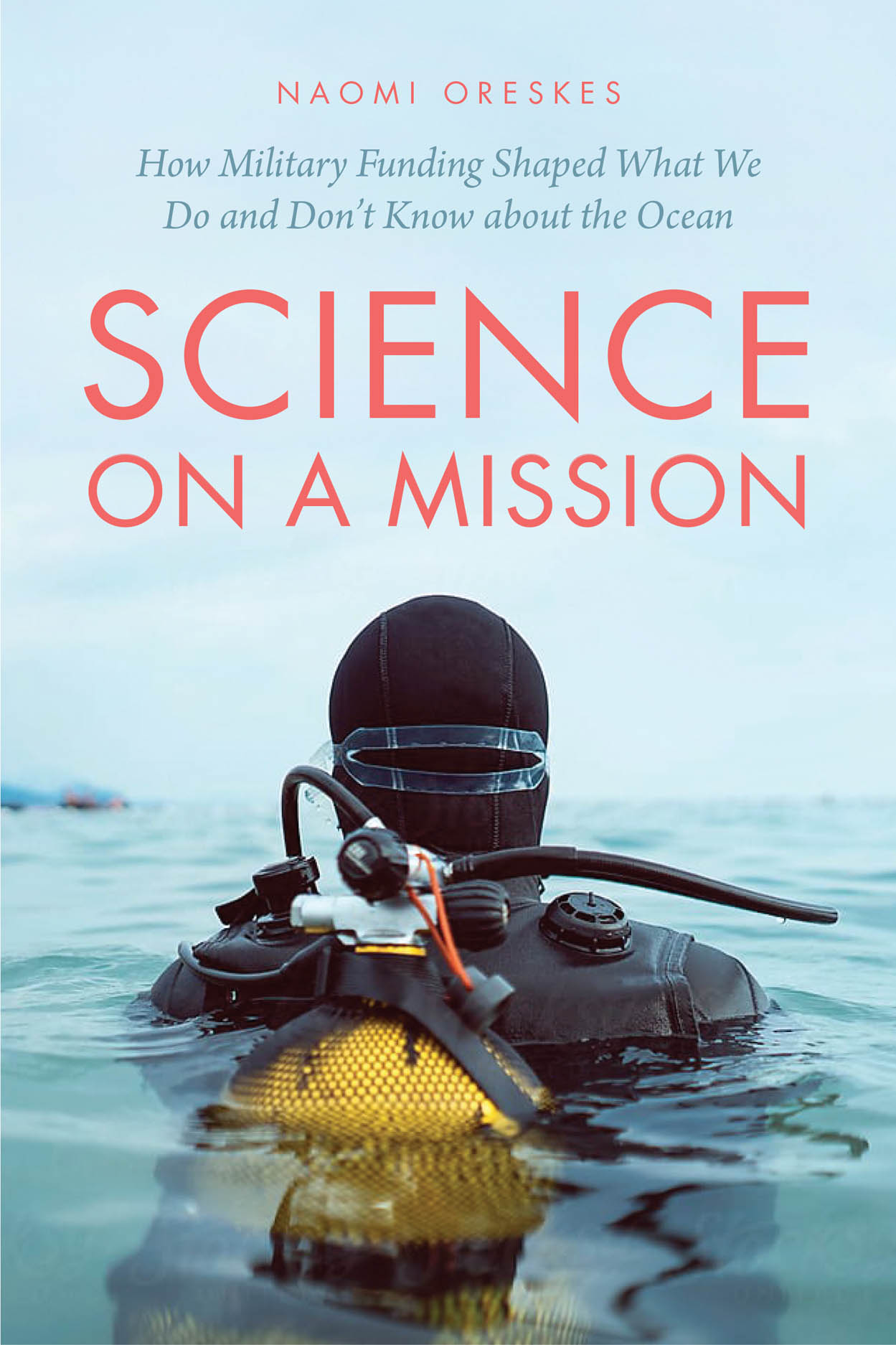Environmental Justice in a Moment of Danger
Reviewed by Shekhar Chandra, Massachusetts Institute of Technology
What environmental threats do the native, tribal, and other vulnerable communities face and what singular challenges do they encounter when trying to secure environmental justice?
Environmental Justice in a Moment of Danger, by Julie Sze, University of California Press, 2020, 160 pp.
Environmental justice scholarship emerged in the United States with the historical 1982 protests by civil rights activists who stopped North Carolina from dumping 120 million pounds of contaminated soil in Warren County, which had the highest African American population in the state. Robert Bullard, regarded as the father of the environmental justice movement in the United States, found that the communities most resistant to environmental injustice have higher social capital, better education, higher income, and a smaller number of people of color. Julie Sze argues that we ought to learn from historical environmental struggles and forcefully makes a case that environmental injustices in the United States are rooted in racism, capitalism, militarism, colonialism, and native land exploitation. Different chapters in the book discuss important environmental cases, like indigenous land rights in Standing Rock; the Flint, Michigan water contamination case, Hurricane Katrina, as well as key concepts like “climate change denial,” “police violence,” “just transition,” “radical democracy,” “whiteness,” “skepticism,” and “optimism.” They explain the complexity of the environmental justice movement in the United States.
Sze rightly emphasizes the unique circumstances facing indigenous communities and communities of color with regard to environmental justice. The book challenges traditional approaches to environmental justice that focus solely on the distribution of impacts, ignoring the processes and circumstances that result in such maldistribution. As the world recognizes the multifaceted nature of social injustices, moving away from the consequentialist approach to defining environmental justice seems inevitable.





